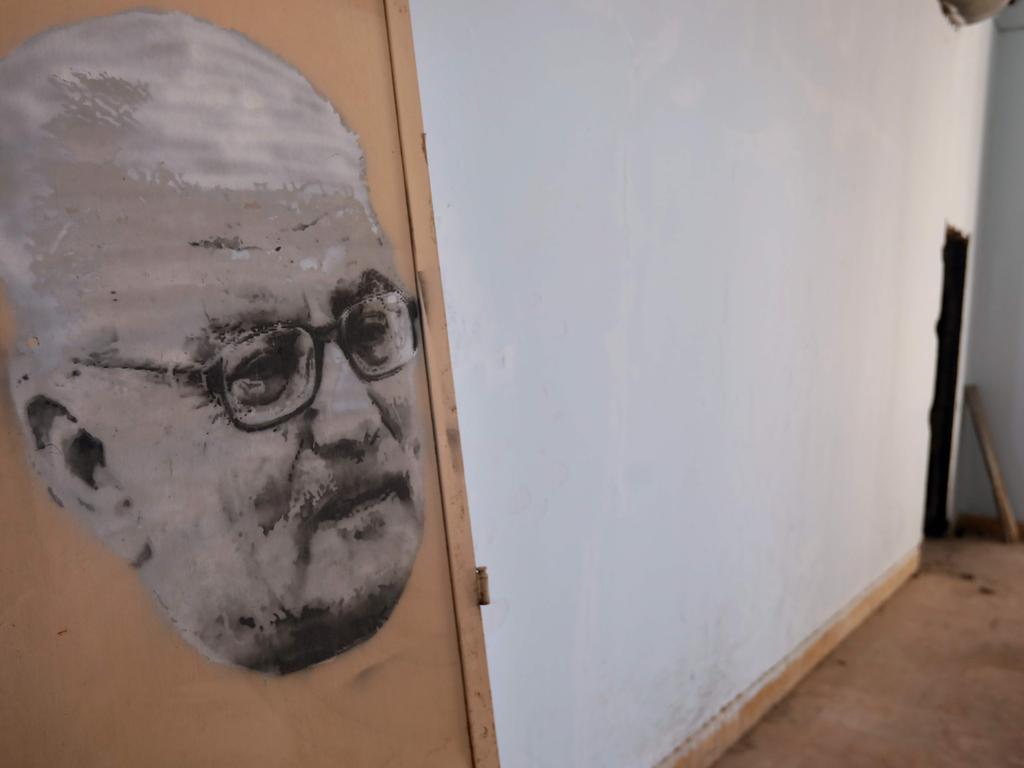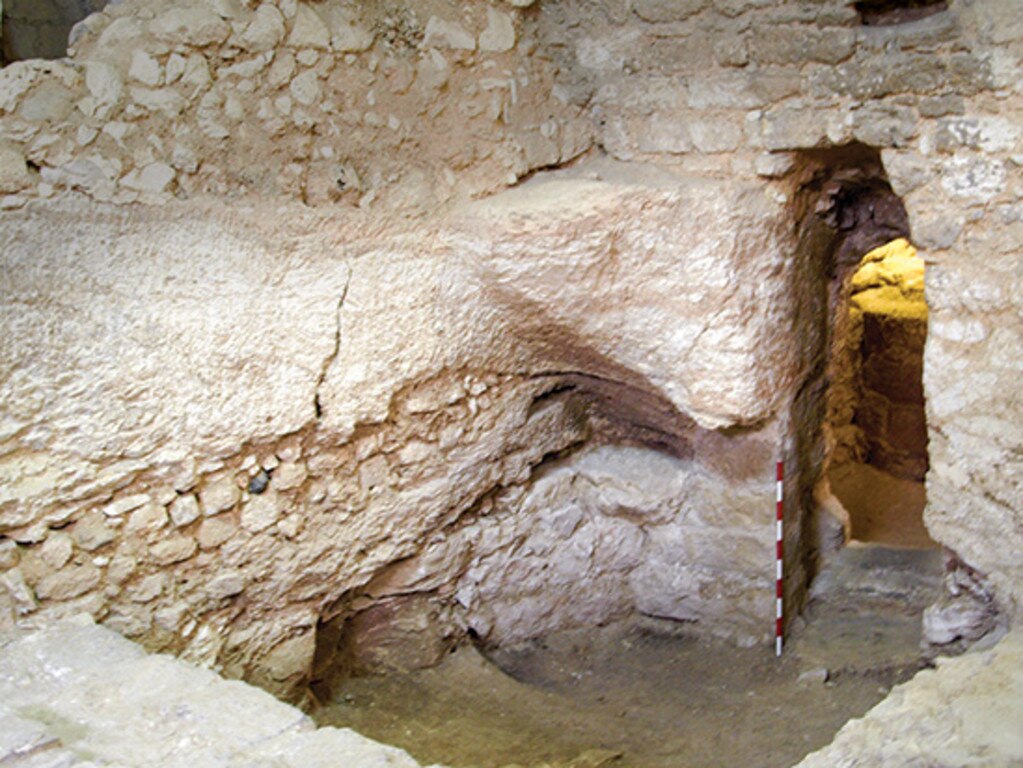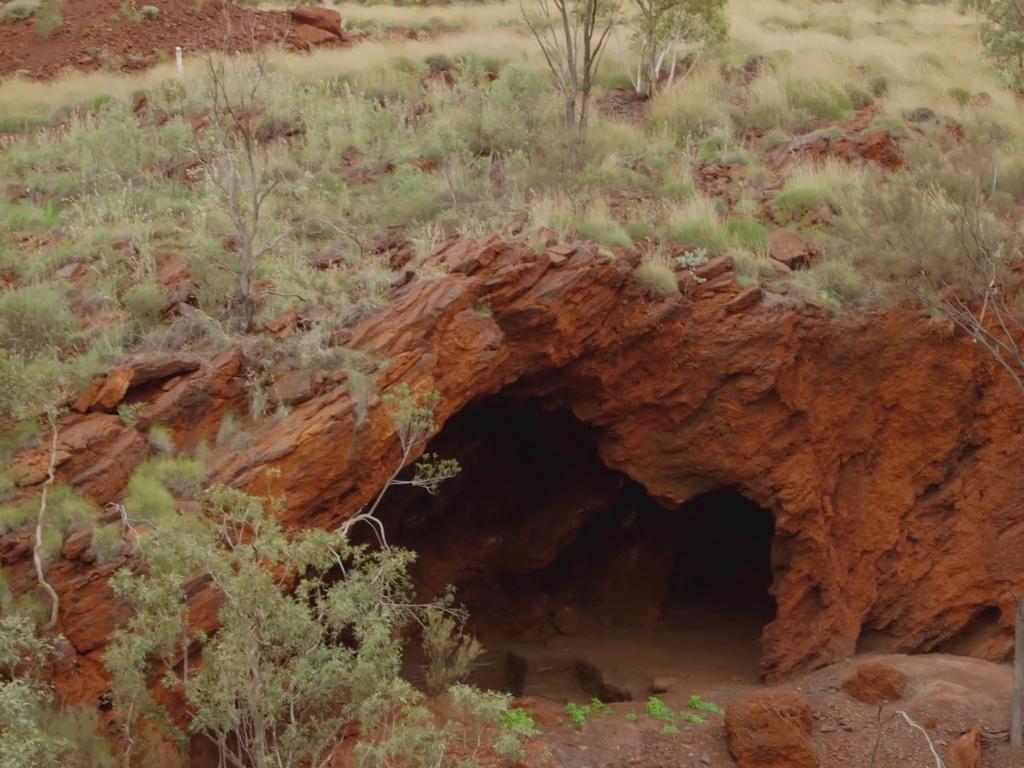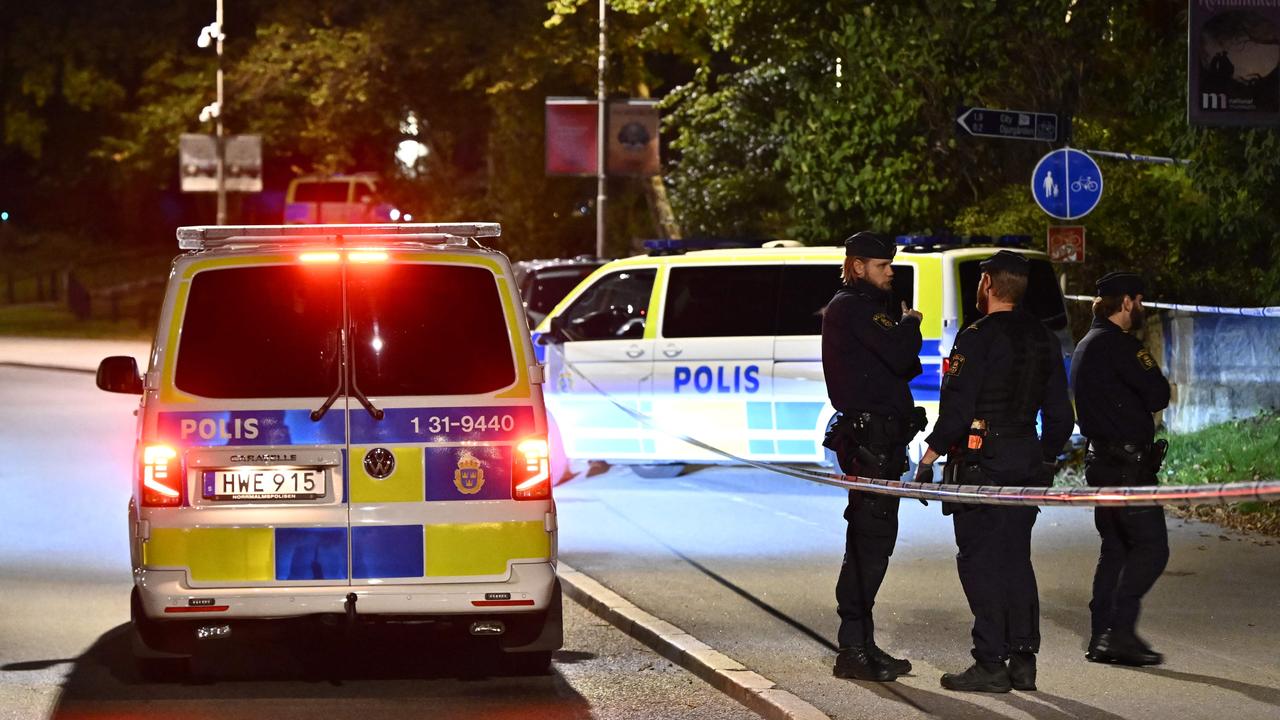Archaeologists say evidence proves birthplace of chief apostle St Peter
The early church in Israel is thought to be located at ancient Bethsaida, near where Bible accounts describe Jesus performing the loaves and fishes miracle.

Archaeologists excavating an early church in Israel say they have uncovered evidence confirming their belief that it marks the birthplace of St Peter, the most prominent disciple and first leader of the Christian faith.
In the Gospel according to St John, the birthplace of Simon Peter, his brother St Andrew, and a third apostle, St Philip, is given as Bethsaida. In St Luke’s Gospel it is near Bethsaida that Jesus performs the miracle of the feeding of the 5000.
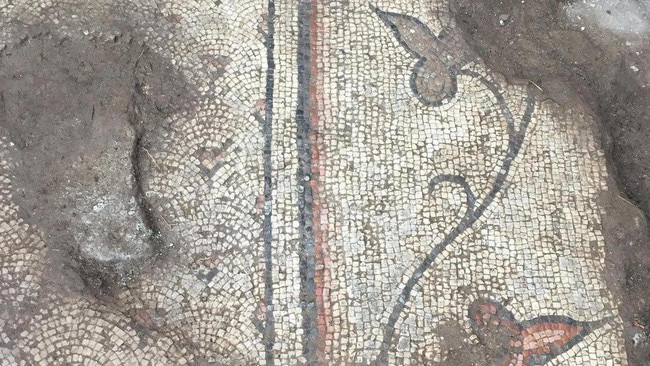
Three places in more modern times have been claimed to be the remnants of ancient Bethsaida. The archaeologists digging at one of them, el-Araj, which is to the northeast of Galilee, say they have found strong evidence for its claim – signs of its habitation in the 1st century AD, along with a Byzantine church.
Now the archaeologists have uncovered an inscription showing the church was dedicated to St Peter. It records a prayer for intercession to “the chief and commander of the heavenly apostles”, the term used by the Byzantine church for him.
The Byzantine period refers to the era after the fall of the Roman empire in the West, when large parts of the modern-day Middle East were under the sway of Constantinople.
A place called “the Church of the Apostles” was visited by an 8th-century German bishop, Willibald, as he travelled from Capernaum, another claimed site of St Peter’s birth, to the town of Kursi.
He did not give its exact location, but said it was at “Bethsaida from which came Peter and Andrew. There is now a church where previously was their house”.
The newly discovered dedication, written in Greek, the language of the Byzantine Empire and the church at the time, was found on a mosaic. It also names a man called Constantine, not the Roman emperor, as the donor who funded the church.
The archaeologists, from the Kinneret Institute for Galilee Archeology in Israel and Nyack College, New York, previously found a Roman bathhouse at a deeper layer than the church. They say that fits with the records of the settlement of Bethsaida, which had been the Roman town Julias, named after the wife of the Emperor Augustus.
The layer in between is silt, indicating that between the two periods the town was flooded by a rise in the level of the Sea of Galilee, which would account for its disappearance from the historical record.
The team also found evidence of occupation dating back to the 1st century.
“One of the goals of this dig was to check whether we have at the site a layer from the 1st century, which will allow us to suggest a better candidate for the identification of Biblical Bethsaida,” Mordechai Aviam, the excavation’s director, said.
“Not only did we find significant remains from this period, but we also found this important church and the monastery around it.”
Moreover, the name Bethsaida means “home of the fishermen”, which is fitting for Simon Peter and Andrew.
The Times

